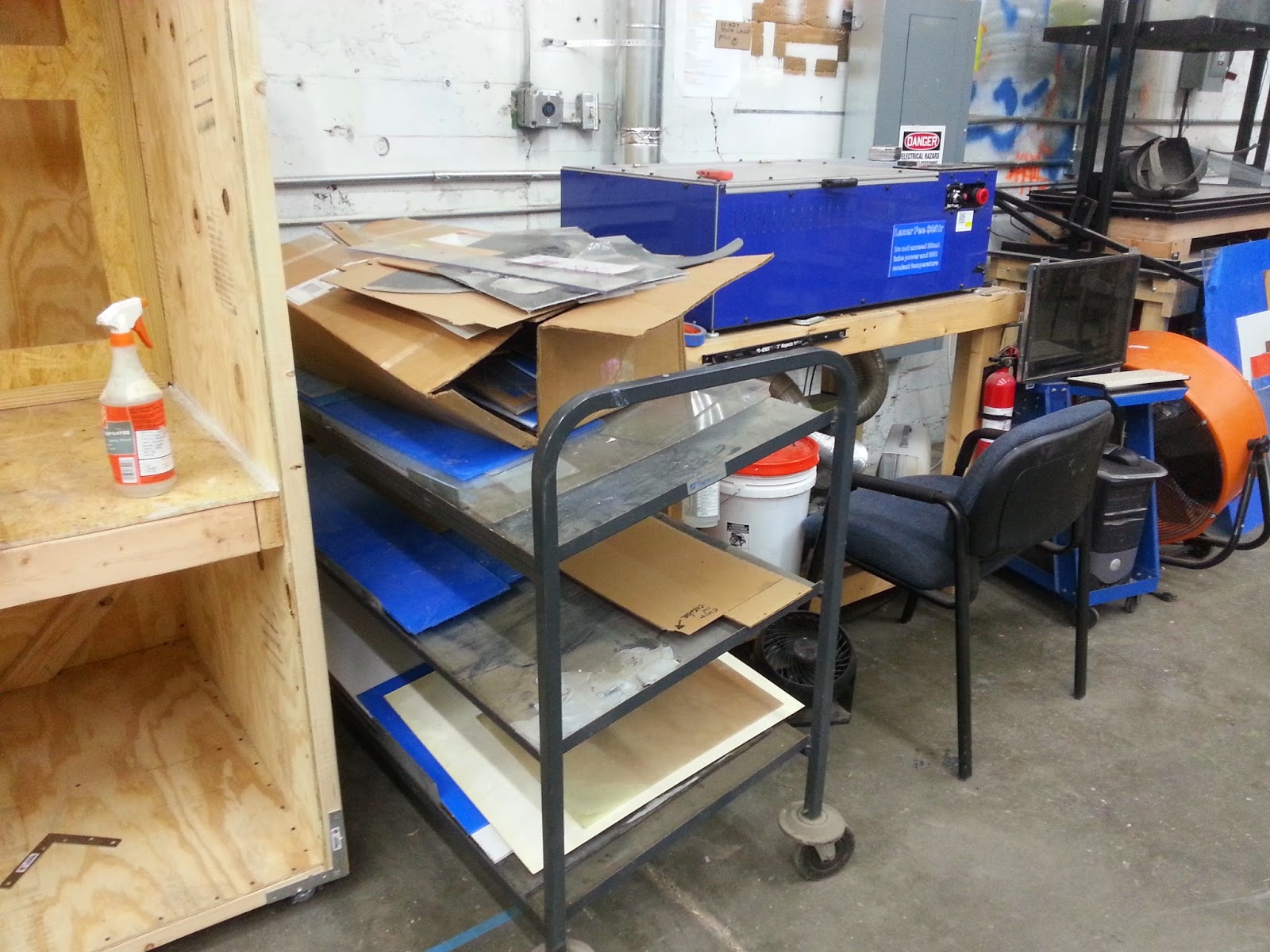On Saturday, we had one of our semi regular facility build-outs. These are great for the space and our members as it lets us focus on working on the space itself as a project to improve and maintain Freeside.
This time we did a lot of cleaning up and tidying after some of the major projects at Freeside! Between the JAM build the past few months and the recent power additions, a lot of organization work was needed.
Demontre and Niels put some more time into the indoor paint booth! Not much left on this project now, all we need is the exhaust fans and the filters and we're ready to paint.
Nathan and Paul painted the new folding chairs for the space.
Karen and Adam helped to tidy up the lumber and plastics consumables. Now we can get to scrap lumber and laserable plastics easier!
Everyone pitched in to clean up the center of the workshop and open that space back up. So much room for activities!
Not pictured: Tons of old dead paint that was disposed of, lots of old stuff on the recycling and dead project shelves that was tossed, and of course tons of piles of dust swept up.
Thanks to everyone who showed up and help make Freeside even better!
This time we did a lot of cleaning up and tidying after some of the major projects at Freeside! Between the JAM build the past few months and the recent power additions, a lot of organization work was needed.
Demontre and Niels put some more time into the indoor paint booth! Not much left on this project now, all we need is the exhaust fans and the filters and we're ready to paint.
Nathan and Paul painted the new folding chairs for the space.
Karen and Adam helped to tidy up the lumber and plastics consumables. Now we can get to scrap lumber and laserable plastics easier!
Everyone pitched in to clean up the center of the workshop and open that space back up. So much room for activities!
Not pictured: Tons of old dead paint that was disposed of, lots of old stuff on the recycling and dead project shelves that was tossed, and of course tons of piles of dust swept up.
Thanks to everyone who showed up and help make Freeside even better!







Comments
Post a Comment